
Easy, fun and delicious ways to get healthy this summer
Easy, fun and delicious ways to get healthy this summer

With the brighter, longer and hotter days of summer upon us, it’s really a perfect time to maintain your health and fitness. The season invites us to eat a little lighter and be more active outdoors.
And if your desire to engage in healthful summertime habits is also a reaction to a few or more pounds gained over the past few difficult months, please be kind to yourself.
Even better news: Summertime is an especially opportune time to take advantage of fresh produce, healthy meals and a variety of outdoor fitness activities.
Water up
Though individual needs vary, the Institute of Medicine recommends that women aim to consume 2.7 liters or 91 ounces of fluids daily, and men, 3.7 liters or 125 ounces a day.
To help you meet your fluid needs, aim to drink at least 12 ounces of water with each meal. This can also help you avoid overeating during a meal. If plain water is boring, jazz it up by making a pitcher of fruit-infused water with orange or lemon slices, or even herbs like mint and rosemary. A refreshing glass of seltzer can also help you meet your water needs, and may be more satisfying than plain water on hot days.
You can also water up in the form of a broth-based soup, like a cold gazpacho. Water-rich foods such as watermelon, oranges, apples, grapes, cucumbers, lettuce, celery and cabbage are other refreshing hydration hacks.
Get moving!
Take advantage of summertime and longer days to be as physically active as possible. Walking, hiking, dancing, playing Frisbee, jogging, outdoor yoga, bike riding, swimming, playing tennis, golf, paddle boarding, kayaking and water skiing are all fun summer activities that will keep you fit and increase your daily energy expenditure. And mowing the lawn, gardening, yard work and washing your car allow you to move around while accomplishing necessary chores.
Moving after mealtime can be a fun summer ritual. Lately I’ve been taking walks after dinner as I listen to music and try to catch the sunset. It not only helps to prevent nighttime nibbling; it also feels good to move on a full stomach!
Find a carb compromise
Try using cauliflower for tater tots or in place of mashed potatoes; chickpea and lentil pastas instead of regular pasta, which are lower in carbs and higher in protein and fiber than their higher-carb cousins; chickpea rice in place of white rice, or spaghetti squash in place of spaghetti.
Pair low-carb foods with protein
Protein-rich foods include shellfish, lean poultry, beans, lentils, Greek yogurt, eggs, cottage cheese, bocconcini (small balls of mozzarella cheese) and omega-3 rich fish (including salmon, tuna and mackerel). Add some veggies to boost satiety and complete the meal.
Find your fiber fix
Lentils, beans, peas and wheat bran are other excellent fiber sources. To keep blood sugar levels stable and boost satiety, add almond or peanut butter, nuts or a glass of low-fat milk with fiber-rich snacks.
Pick one indulgence daily
Depriving yourself of your favorite treats is not realistic and can cause your efforts to backfire. For example, you might end up bingeing on your “forbidden foods” when you unexpectedly encounter them.
Come up with a food curfew
I also recommend “closing the kitchen” and finding a place where you can physically distance yourself from the kitchen. This helps to avoid visual triggers that may cue you to eat. If you find yourself getting hungry right before bedtime, try brushing your teeth or rinsing with mouthwash — and next time do it right after you shut down the kitchen.








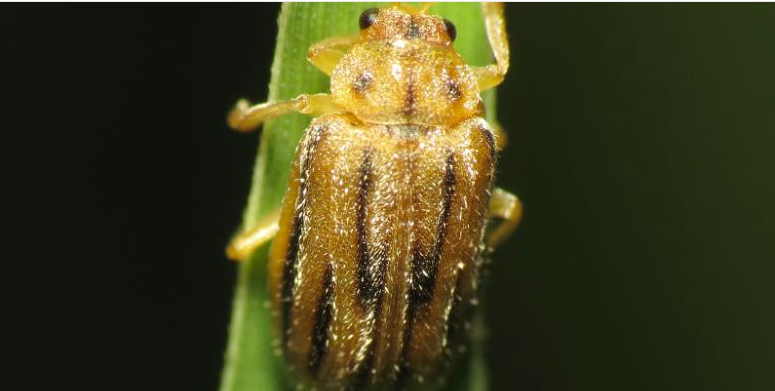

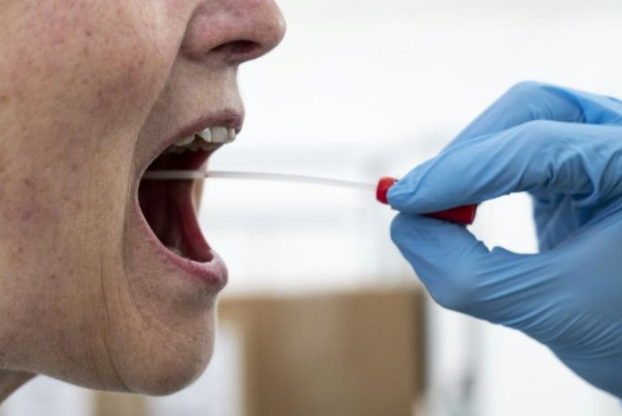
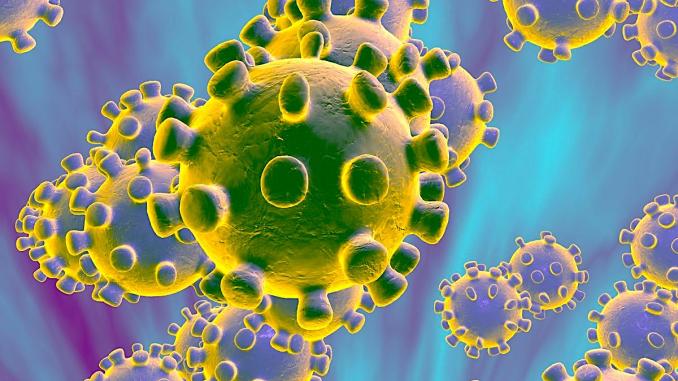

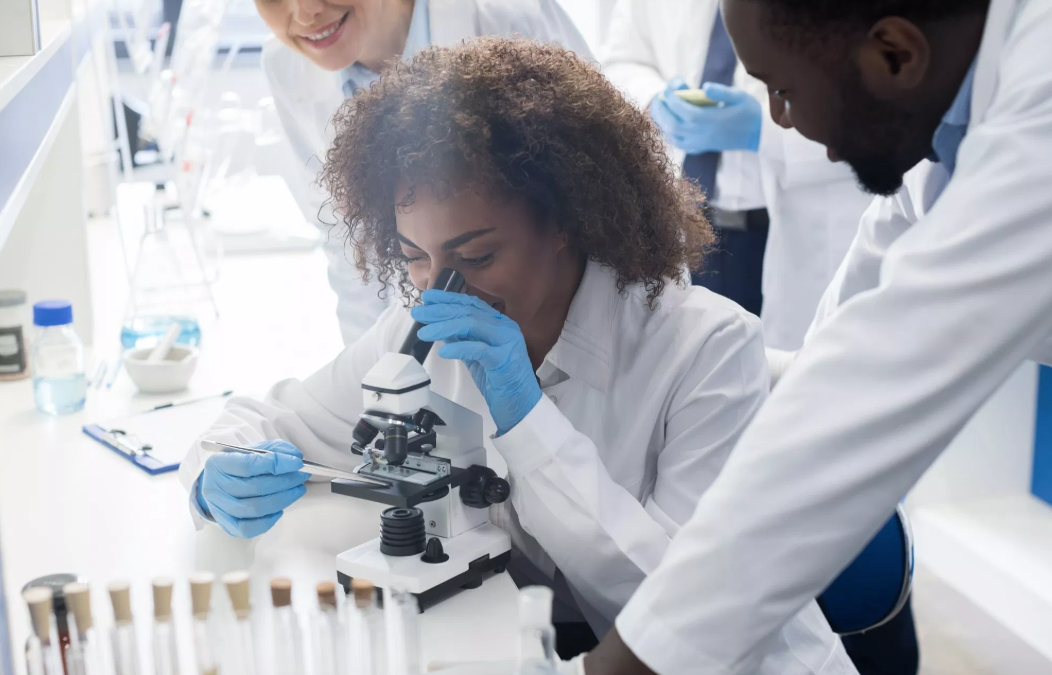
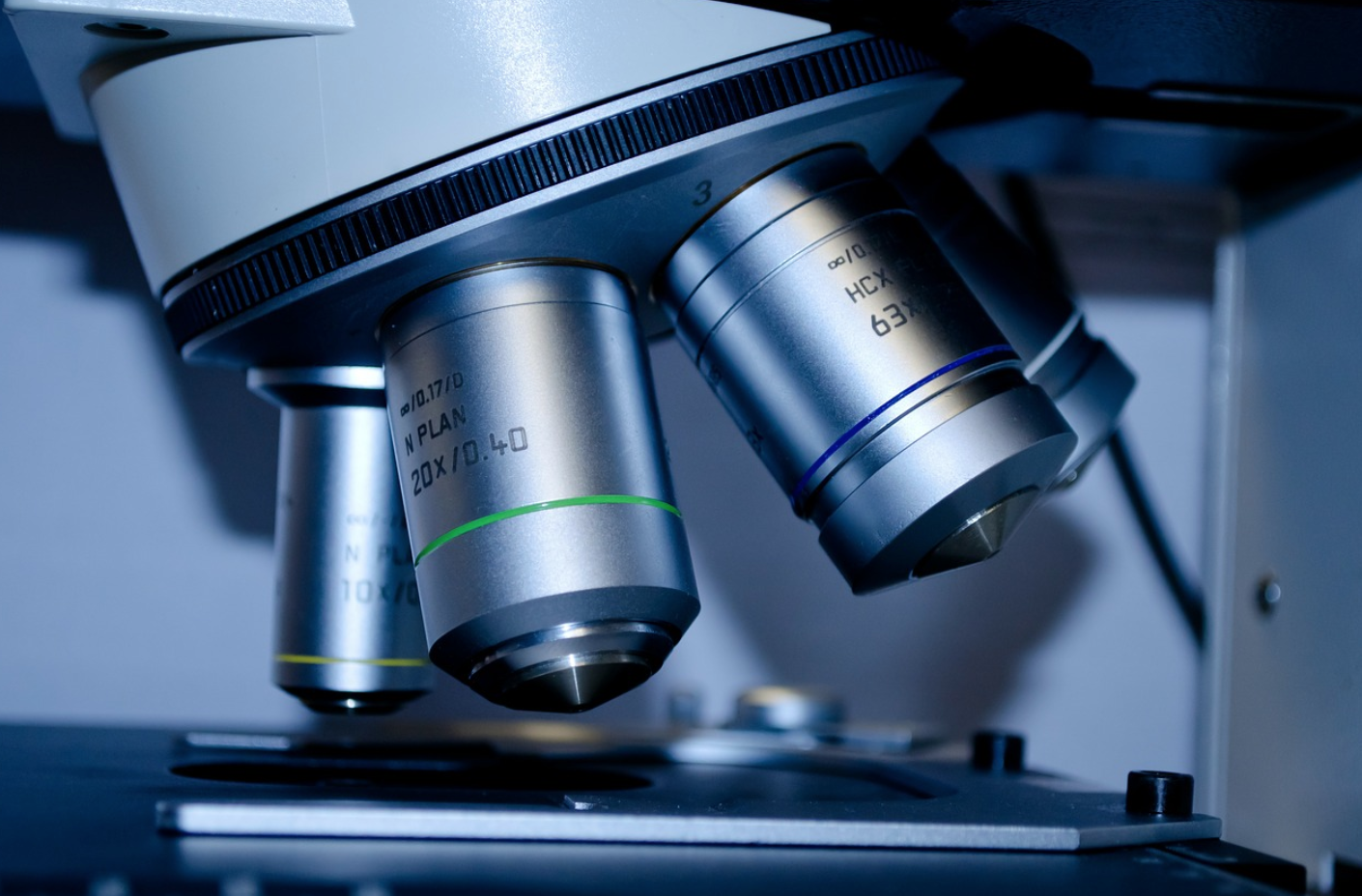
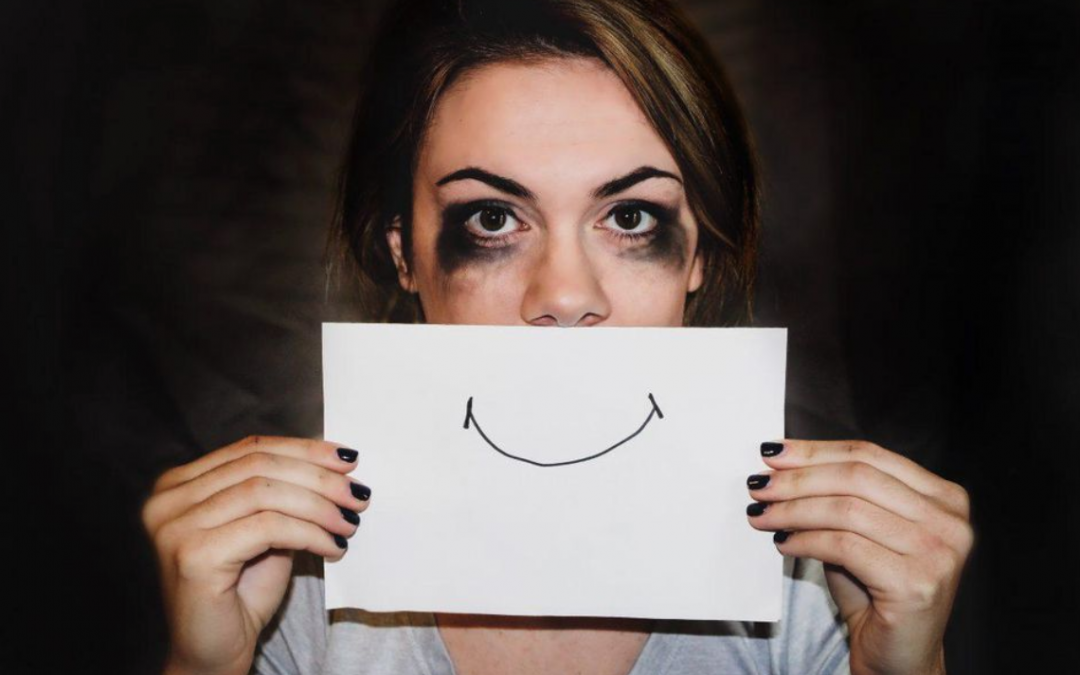

Recent Comments